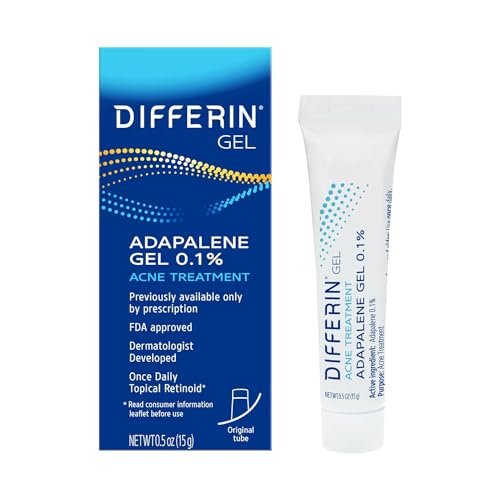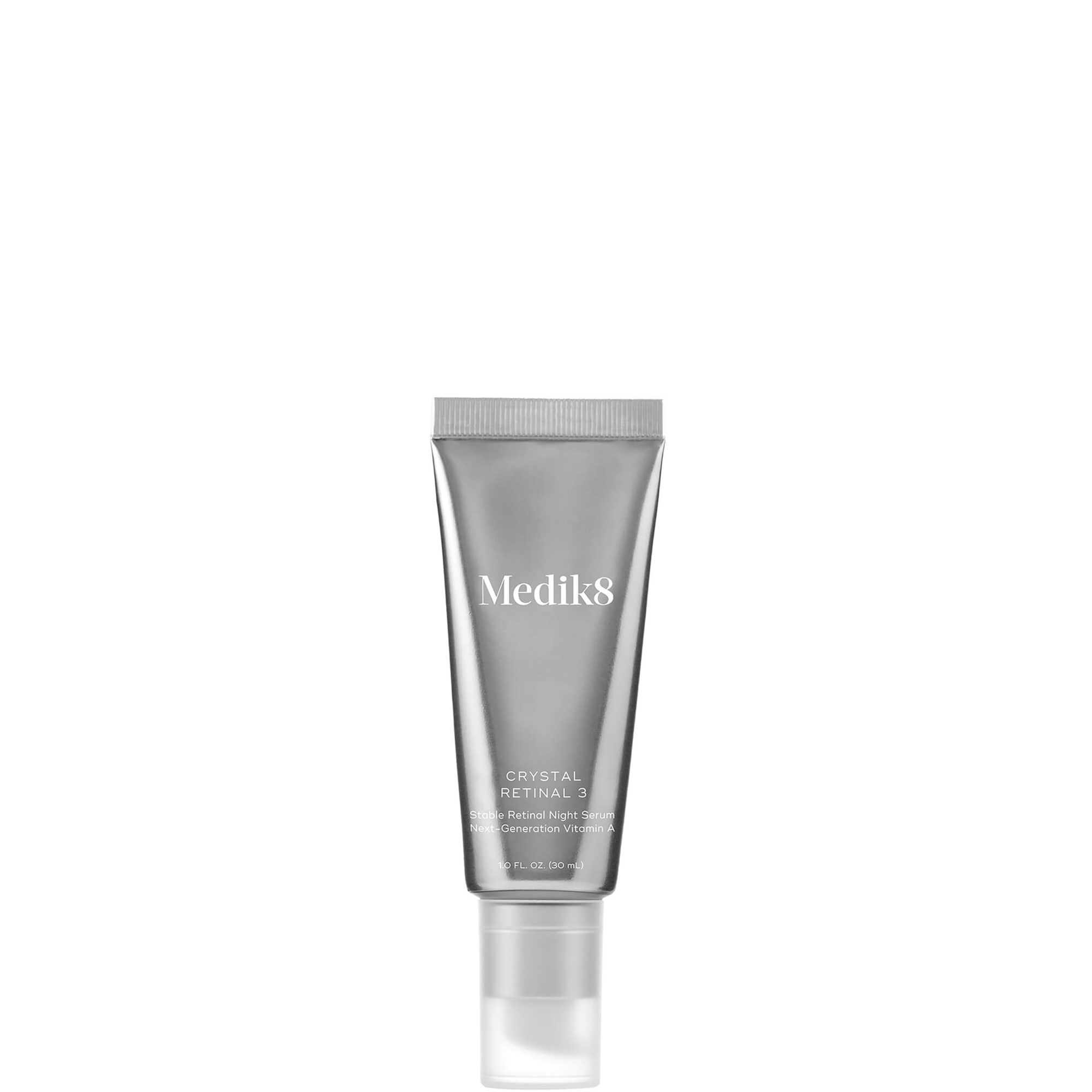It’s Time to Treat Your Melasma Like a Dermatologist Would
The inside scoop to clearer, more even skin.
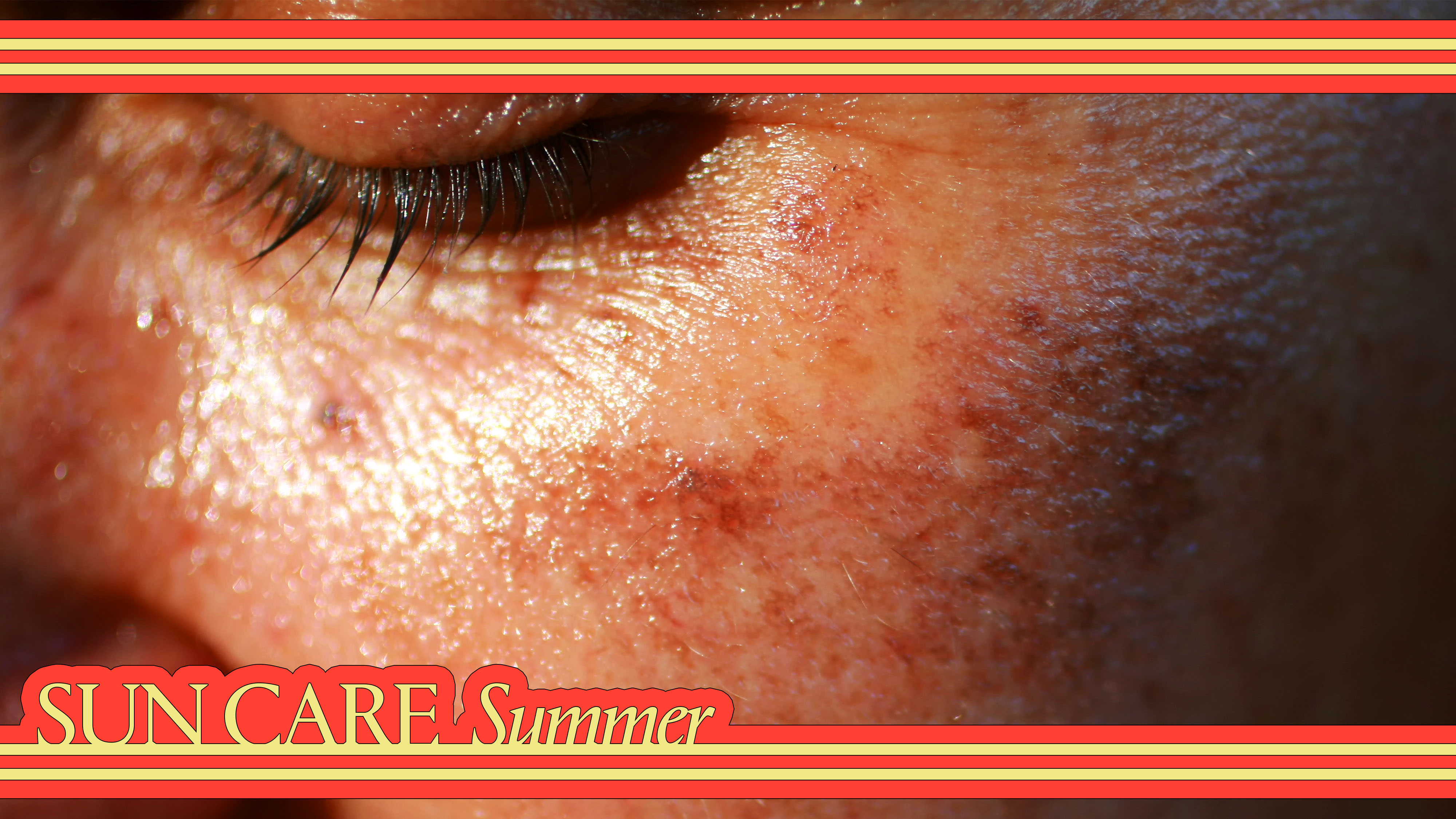

Pesky, annoying, and aggravating—these are just a few of the words people use to describe their experience with melasma, a type of skin hyperpigmentation that is notoriously difficult to treat, and has many triggers. Unlike a dark spot that follows a breakout, melasma tends to stick around, no matter how many brightening products or treatments you throw at it.
As one of the most stubborn forms of hyperpigmentation, melasma has many people (roughly 40 percent of the population) searching for that miracle treatment and product that will get rid of it for good. Pooja Rambhia, MD, a board-certified dermatologist based in NYC, compares melasma to other chronic conditions like diabetes or hypertension: “It needs constant treatment and maintenance." Unfortunately, even if you do figure out a way to manage your melasma, it can still rebound easily—and is even harder to prevent in the first place.
But don’t assume that your skin is destined to be riddled with dark patches forever. There are ways to stay ahead of your melasma flare-ups. Below, we spoke to experts to break down everything there is to know about treating melasma, including how to minimize the risk of a flare-up and how to create a game plan for managing it long-term.
What is Melasma?
As Shereene Idriss, MD, a board-certified dermatologist, founder of Idriss Dermatology in NYC, and founder of skincare line Dr. Idriss explains, melasma is a hormone-driven pigmentation condition. Melanocytes, the cell responsible for producing melanin (which gives your skin its color) are sometimes triggered to go haywire and produce too much within the epidermis. That, in essence, is what happens with a melasma flare.
Melasma typically shows up as “freckle-like blotchy hyperpigmentation that covers broader areas of the face,” explains Ron Robinson, cosmetic chemist and founder of the skincare brand BeautyStat. In deeper skin tones, explains Dr. Idriss, it shows up as dark brown patches, while in lighter complexions, the patches are tan or beige.

Minimizing sun exposure is a major factor in the battle against melasma.
What Causes Melasma?
Melasma, which predominantly presents on the face, is called the “mask of pregnancy” for a reason. Hormonal shifts—including pregnancy, IVF treatments, or starting a new birth control—are one of the many triggers, Dr. Idriss says. Because of this, women are most at risk for developing melasma.
That said, melasma isn’t caused by just one thing. It’s usually a combination of triggers that can cause your pigment cells to overproduce melanin. This includes “sun exposure, heat, psychological stress, and certain medications,” explains Dr. Idriss.
Get exclusive access to fashion and beauty trends, hot-off-the-press celebrity news, and more.
According to Robinson, people with deeper skin tones are more likely to develop melasma because they have a higher concentration of melanocytes in the skin at baseline.
Could I Be Making My Melasma Worse?
Unfortunately, yes—you could be your own worst enemy when it comes to dealing with your melasma. There are numerous ways for this to occur.
Skipping Sunscreen
Overexposure to UVA, UVB, and even visible light can stimulate the overproduction of melanocytes and worsen your melasma, Dr. Idriss says. If you’re not wearing sunscreen every day, regardless of the weather, and reapplying every two hours, your melasma will continue to flare.
Speaking of sunscreen, they’re not all created equally. There are two main types of SPF formulas: mineral and chemical. Chemical sunscreens work by absorbing UV rays and converting them to heat, which can often stimulate melanin production and worsen melasma. Physical sunscreens (which in the U.S. utilize two main ingredients: titanium dioxide and zinc) sit on the skin and block UV rays from penetrating, rather than absorbing and converting them to heat.
While the best sunscreen is the one you’ll apply every day, opting for a physical SPF or a hybrid sunscreen—which contains both chemical and physical filters—is ideal if you’re struggling with melasma.
Red Light Therapy and Certain Lasers
According to Dr. Idriss, if you have melasma, you should avoid red light therapy because it can stimulate melanin production.
Something else that can trigger melasma flare ups? “Doing treatments that generate too much heat,” says Dr. Idriss. Lasers that use too much heat or light can “push the pigment even deeper into the skin.”

Staying out of the heat can help minimize the risk of new melasma patches.
Using Too Many Products
When it comes to melasma, a simple, targeted routine is best. Doing the most with your skincare, like having a 10-step skincare routine or constantly testing out new products on your face, can cause irritation and inflammation that triggers excess melanin production, explains Robinson.
High Stress Levels
Stress is a “sneaky culprit” when it comes to triggering melasma, says Dr. Idriss. High levels of stress release cortisol throughout your body and initiate the release of norepinephrine, a hormone which can stimulate melanocytes and trigger melanin production.
Let’s be realistic—it’s almost impossible to avoid stress completely. That being said, there are things you can do to maintain lower stress levels and reduce flare-ups including regular physical activity, getting enough sleep, and eating a balanced diet.
Heated Workouts
Heated workouts—think hot yoga or hot Pilates—have been everywhere as of late, but unfortunately, if you have melasma, this is one trend you should probably skip. Heated workout classes, or any intense cardio session, can raise your body temperature and stimulate melanocytes, which can flare melasma. You should be fine for regular, non-heated workouts, but there are things you can do to minimize the risk of a flare-up. Bring an ice pack to your workout and place it on your face afterwards (or in between sets) to help cool your skin down. You could also place ice water in a spritz bottle and use that.
Also, speaking of heat—you should also skip any infrared sauna sessions at that trendy wellness spa and cut back on scalding hot showers.
How Do I Get Rid of My Melasma?
In addition to the lifestyle changes mentioned above, to manage your melasma, “you need to be on a consistent targeted routine with over-the-counter skincare and prescription medications,” explains Dr. Idriss. A dermatologist can help tailor the right plan for you.
In-office Treatments and Prescriptions
- Lasers: “Melasma can flare with procedures,” says Dr. Rambhia. “That’s why we’re very mindful about exactly what lasers we’ll use.” In her office, she prefers the Clear + Brilliant Permea laser. “It’s one of the gentlest non-ablative fractional lasers and it’s specifically designed to target pigment.” Another go-to treatment is picosecond laser toning. “It’s a newer laser and it delivers these ultra-short pulses measured in picoseconds that will shatter melanin particles without generating a ton of heat,” Dr. Rambhia explains.
- Oral Tranexamic Acid: This is another treatment Dr. Rambhia prefers when it comes to managing melasma. When taken orally, tranexamic acid is known to block the skin from overproducing melanin. As with any medication, your doctor will be able to determine whether or not this is the right path for you and your melasma treatment.
- Tretinoin: “Prescription tretinoin is something we’ll commonly compound with prescription hydroquinone,” shares Dr. Rambhia. Tretinoin—a prescription-only retinoid—is great for melasma because it accelerates cell turnover which helps shed pigmented cells. Hydroquinone can be used on all skin tones, including deeper skin tones, to help lighten pigmentation, but you definitely need to use it under the guidance of a derm. It’s not meant for long-term use, and while effective, overuse or misuse can lead to side effects like irritation or discoloration.
Over-the-Counter Skincare
- Vitamin C: This antioxidant is super helpful in dealing with melasma for several reasons. “It can inhibit tyrosinase to decrease pigment production,” says Dr. Rhambia. “It also has antioxidant protection against ultraviolet light and visible light damage.” There are different types of vitamin C: L-ascorbic acid, ascorbic acid, ethyl ascorbic acid, and ascorbyl glucoside, among others. Look for L-absorbic acid vitamin C, advises Dr. Rhambia. L-ascorbic acid is the chemical name for pure vitamin C, and it’s considered the most potent and effective form of vitamin C. “It tends to be more efficacious, though some people may find it irritating,” adds Dr. Rhambia.
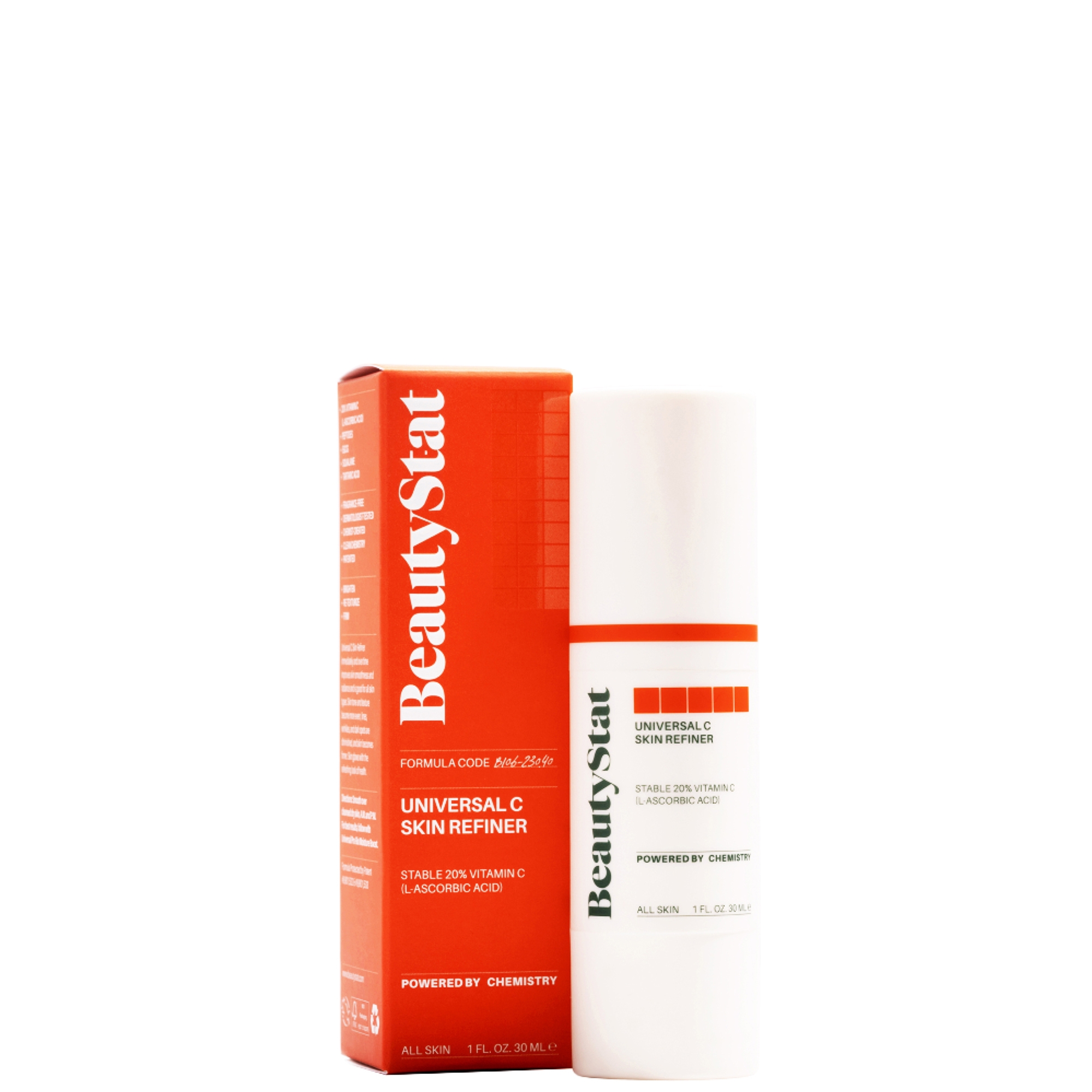
Formulated with 20% pure L-Ascorbic acid, this vitamin C serum is “clinically tested to even skin tone and help fade hyperpigmentation, including melasma,” says Robinson. Inside the formula, you’ll also find hyaluronic acid, ceramides, and pomegranate sterols to plump, hydrate, and soothe skin.
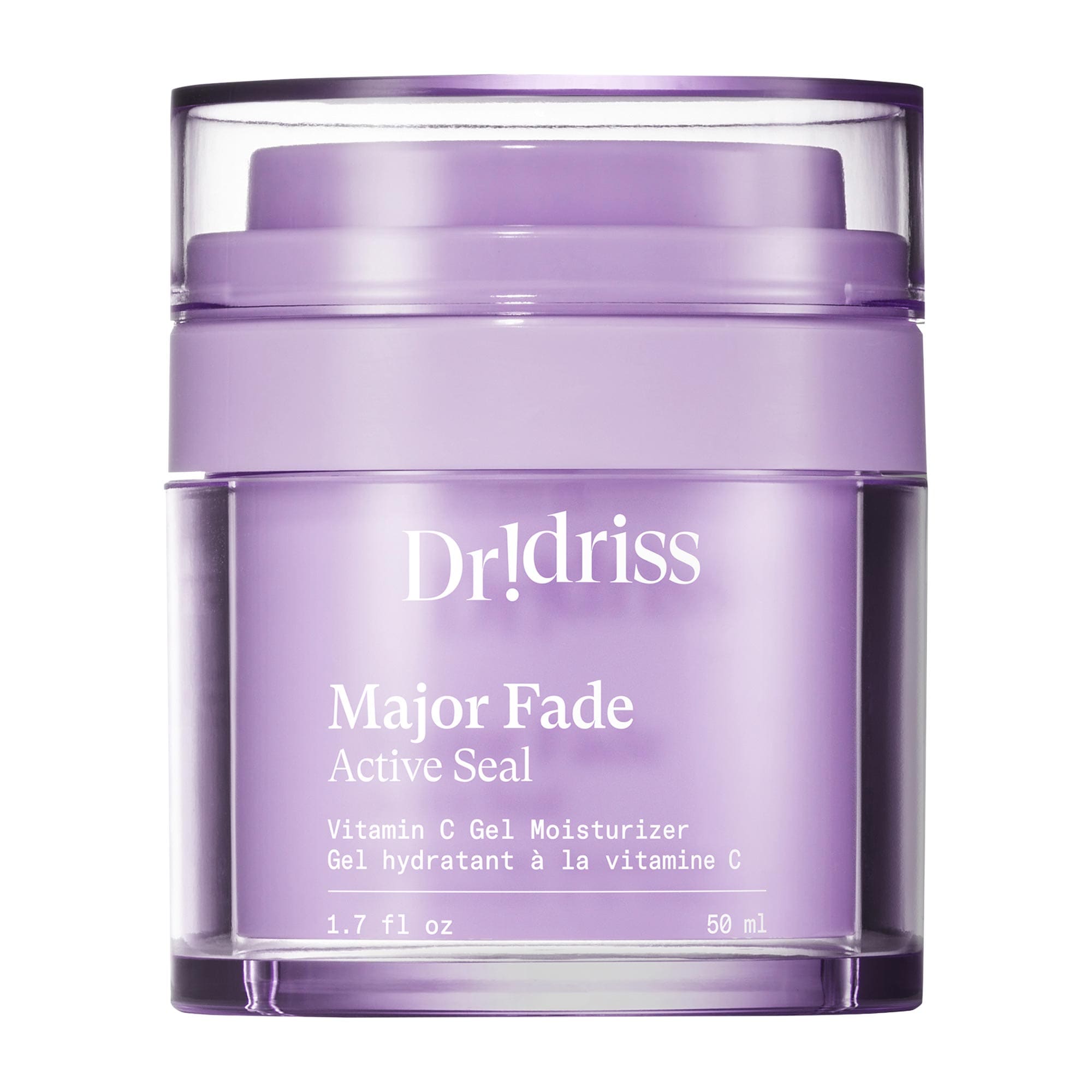
Think of this moisturizer as a multitasking cocktail for your skin—formulated with vitamin C, ceramides, and glycerin, it delivers a lightweight boost of antioxidants and hydration.
- Azaelic Acid: This ingredient is anti-inflammatory, blocks melanin-producing enzymes, and gently exfoliates, making it a solid choice for treating melasma, explains Dr. Rhambia.
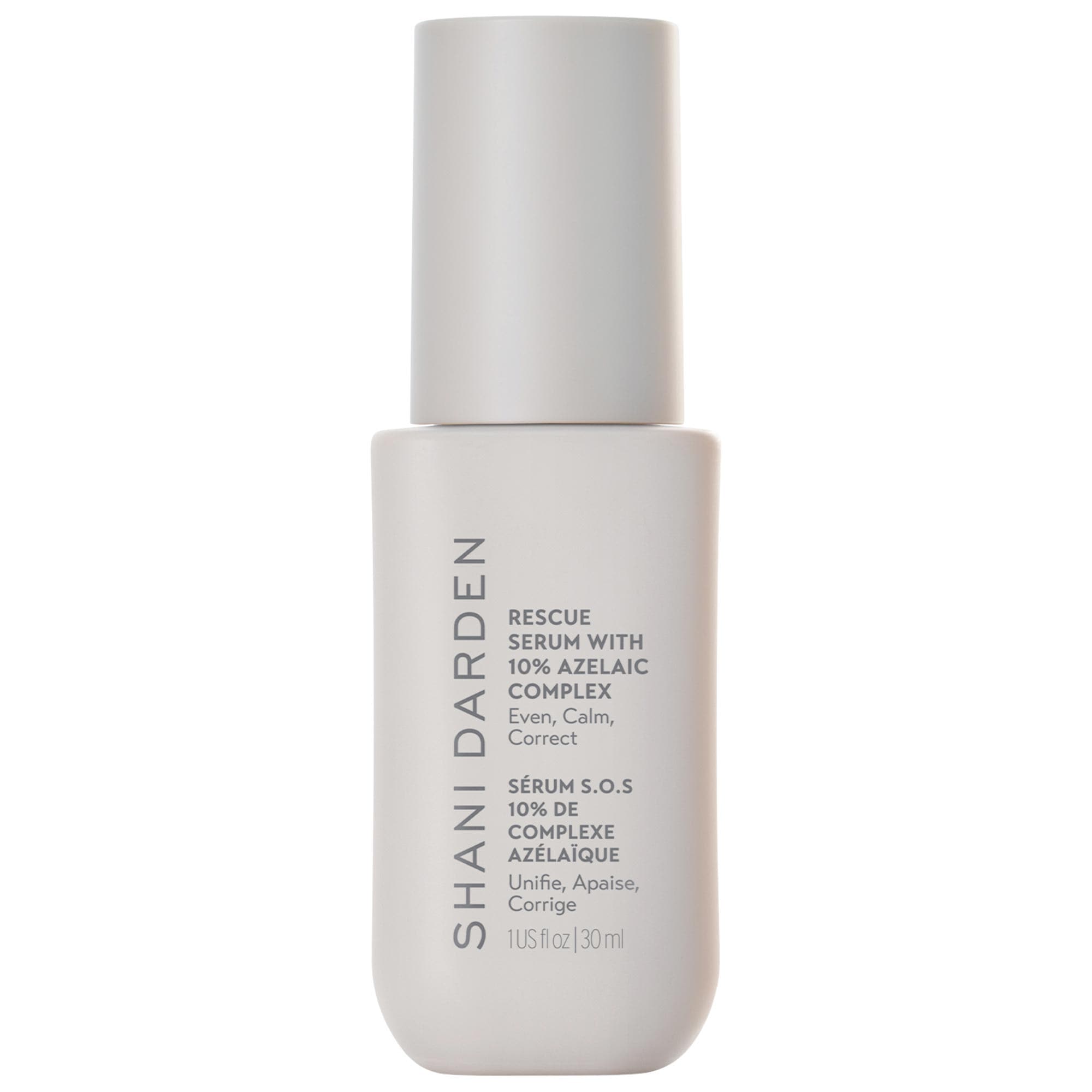
With 10% azelaic acid, this formula helps to targer discoloration and even skin tone. It also features skin-soothing ingredients (think: oat kernel extract, hyaluronic acid, and aloe vera), brightening licorice root extract and antioxidants.
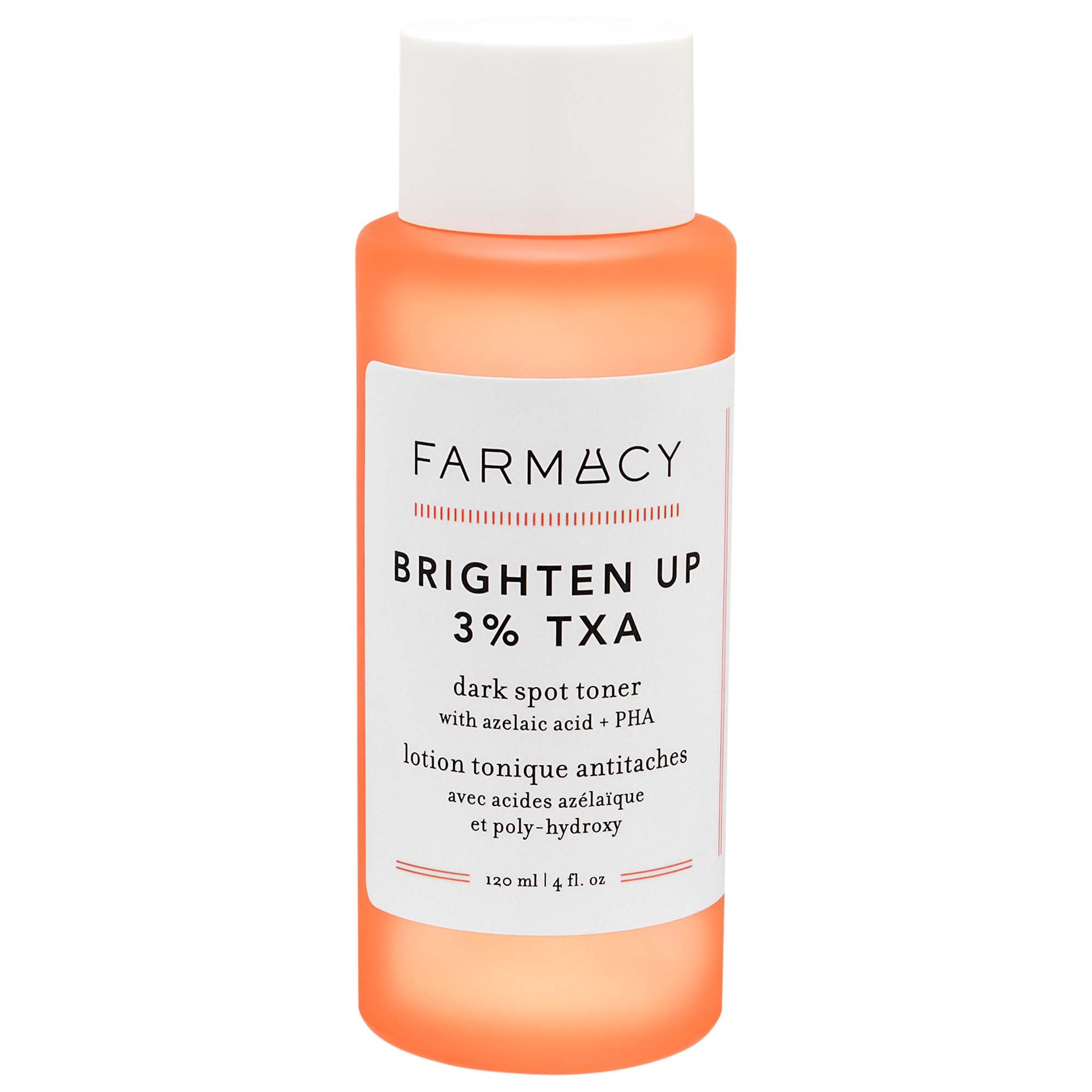
On nights when you're not using a retinoid product, swap in this gentle exfoliating toner to renew cell turnover and reveal brighter, more even-toned skin.
- Retinoids: While tretinoin isn’t available over-the-counter, OTC retinoid options like adapalene (Differin Gel) are accessible alternatives that can help with pigmentation and skin renewal. Why an adapalene and not just an OTC retinol serum? Well, adapalene and retinols are both retinoids, but adapalene is stronger than retinol and retinol esters. Retinol has to go through more steps to be converted into active retinoic acid before it can start working on your skin. Adapalene, on the other hand, doesn’t have to go through any conversions, making it more potent—so it can get to work fast on fading those dark spots.
- Apply Sunscreen…Then a Little Foundation on Top: Sunscreen is a must, every single day, even if you’re indoors. “Look for formulations with iron oxide, which protects against visible light,” says Dr. Rambhia. Studies show that tinted sunscreens with iron oxide are more effective than non-tinted versions at preventing melasma relapses, she adds. Another tip: after applying your SPF, add a little makeup on top. Foundations and other base products include iron oxide, offering an extra layer of protection. P.S. This doesn’t mean makeup alone is enough for your sun protection; it’s an addition on top of your sunscreen base.
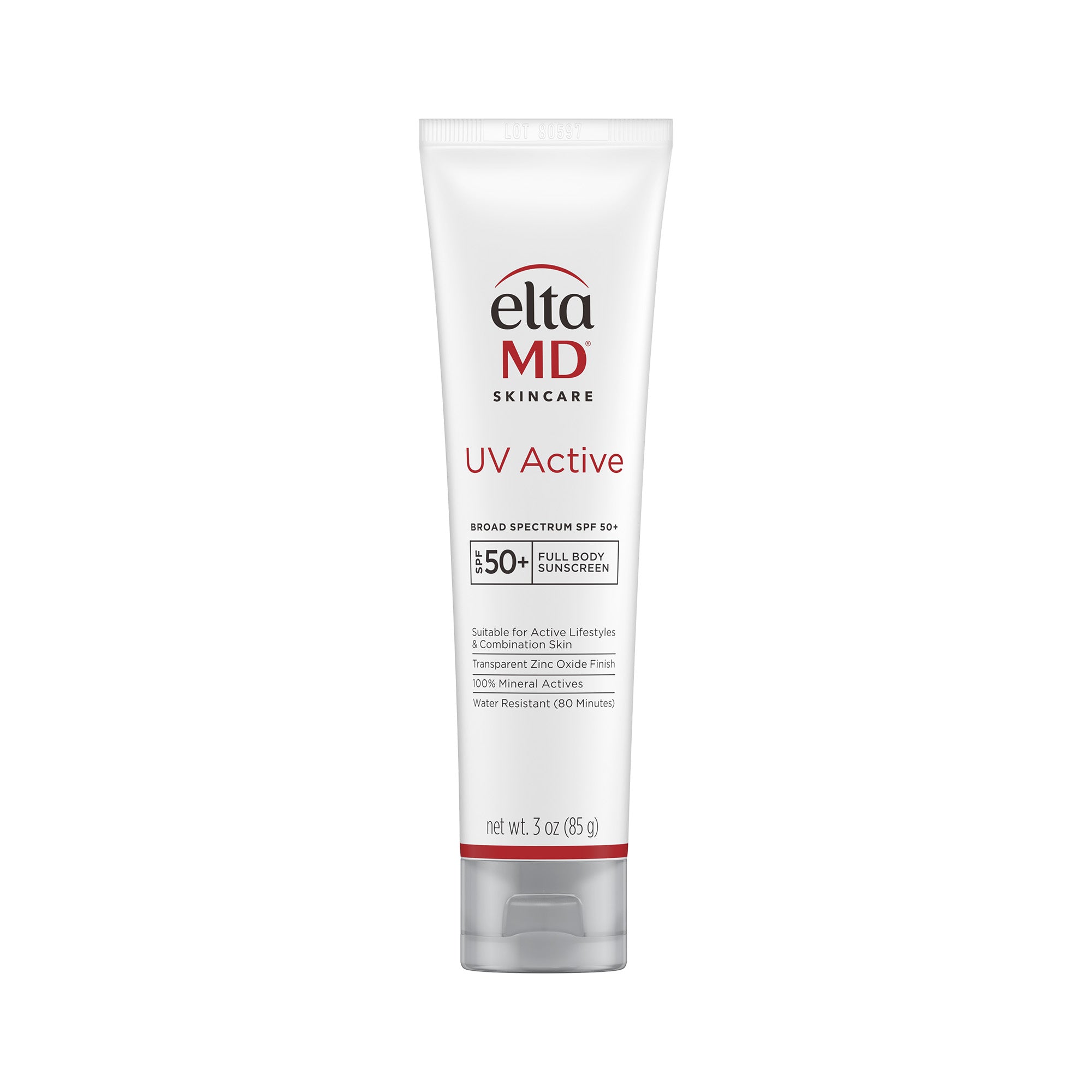
This cult-favorite formula continues to lead the US market in mineral sunscreens for a reason—it just feels so lovely on the skin and leaves zero white cast. It offers broad spectrum protection against UVA (aging) and UVB (burning) rays and contains antioxidants to protect against free radical damage. It also offers high-energy visible (HEV) light protection for an added layer of skin safety.
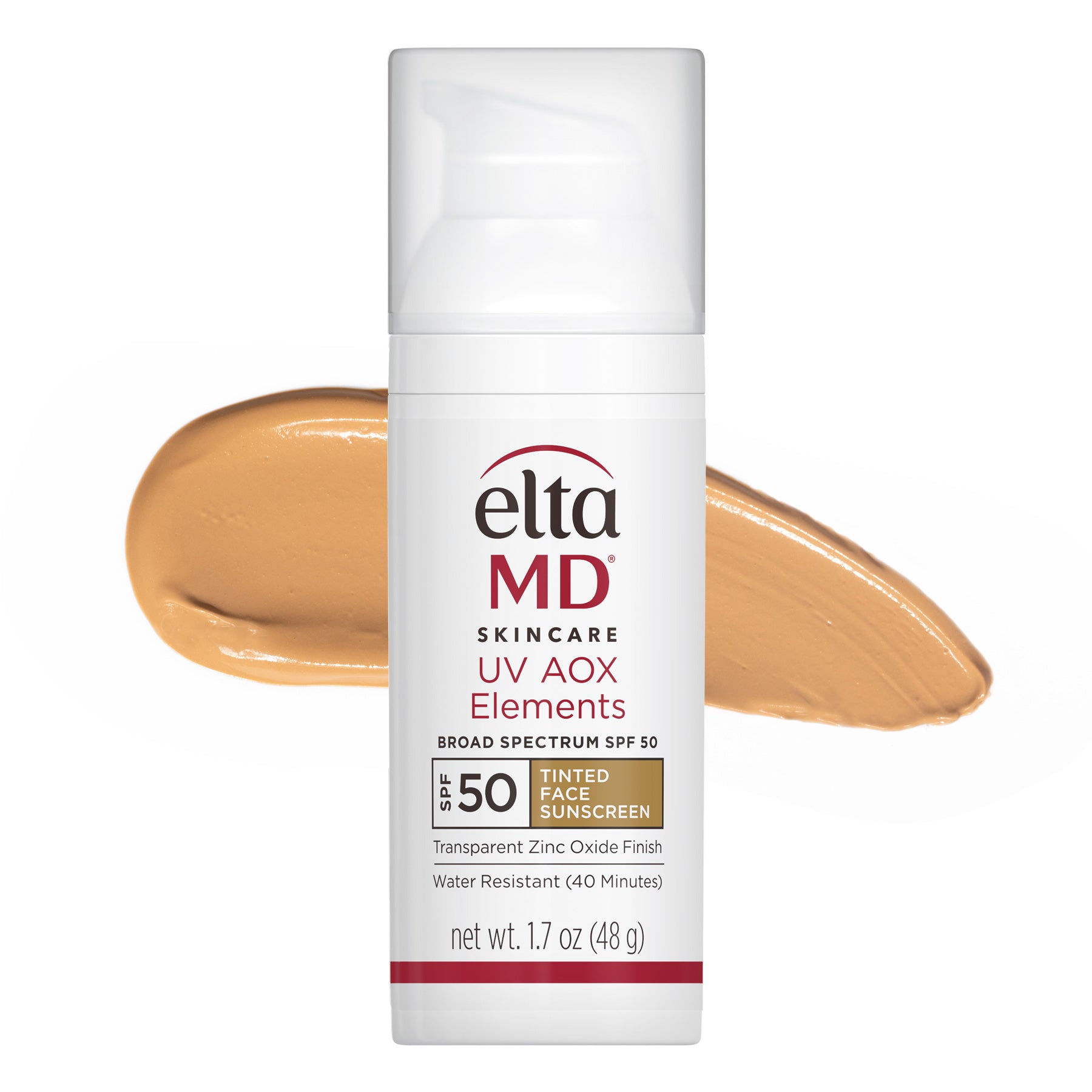
With a gorgeous subtle tint to help perfect your complexion, this transparent zinc-oxide sunscreen is the ideal addition to your melasma-fighting skincare routine. The added hyaluronic acid helps to boost skin hydration, while bisabolol and ginger root extract work to calm irritated skin and reduce red patches.
The Final Word on Treating Melasma
As nice as it would be to have a one-time solution to banish those dark spots for good, the reality is that treating melasma is an ongoing process. “It’s a constant balance of making sure we’re really good about having robust sun protection on board all the time with tinted sunscreen throughout the day, reapplying even if you’re not going outside, along with a good prescription topical regimen that we rotate throughout the year,” says Dr. Rhambia. Managing your melasma does take work—but it doesn’t have to be a full-time job.

Why Trust Marie Claire
For more than 30 years, Marie Claire has been an internationally recognized destination for news, fashion, and beauty trends, investigative packages, and more. When it comes to the products Marie Claire recommends, we take your faith in us seriously. Every product that we feature comes personally recommended by a Marie Claire writer or editor, or by an expert we’ve spoken to firsthand.
Meet the Experts

Rob Robinson is an award-winning cosmetic chemist and founder of the skincare brand BeautyStat.
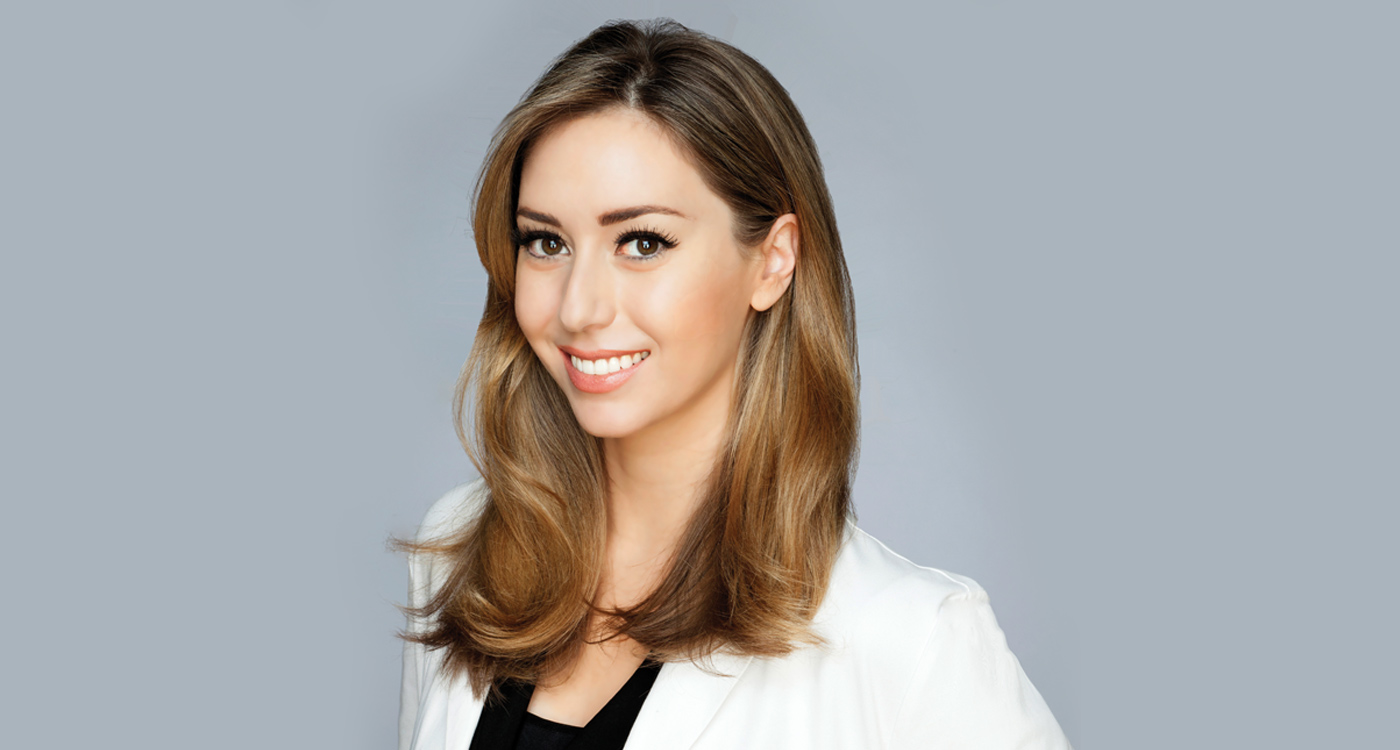
Dr. Shereene Idriss, MD, is a board-certified dermatologist and founder of Idriss Dermatology in New York City. She is also the founder of the skincare brand, Dr. Idriss.

Pooja H. Rambhia, MD, is a board-certified dermatologist based in New York City with specialized fellowship training in cosmetic dermatology and laser surgery.
Ama Kwarteng is a writer and editor based in Brooklyn, New York. She was formerly the Beauty Director at Coveteur, where she led the site’s beauty and wellness coverage. Before that, she served as the Assistant Beauty Editor at Cosmopolitan. Her work has appeared in The Zoe Report, InStyle, and other publications.
